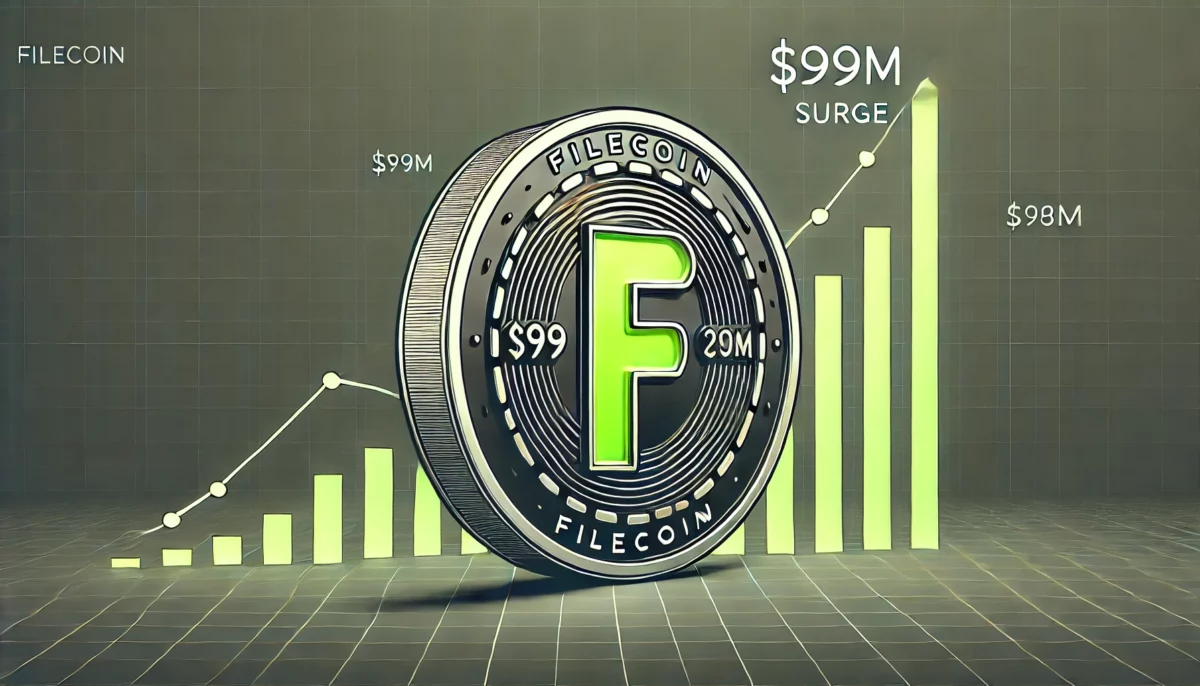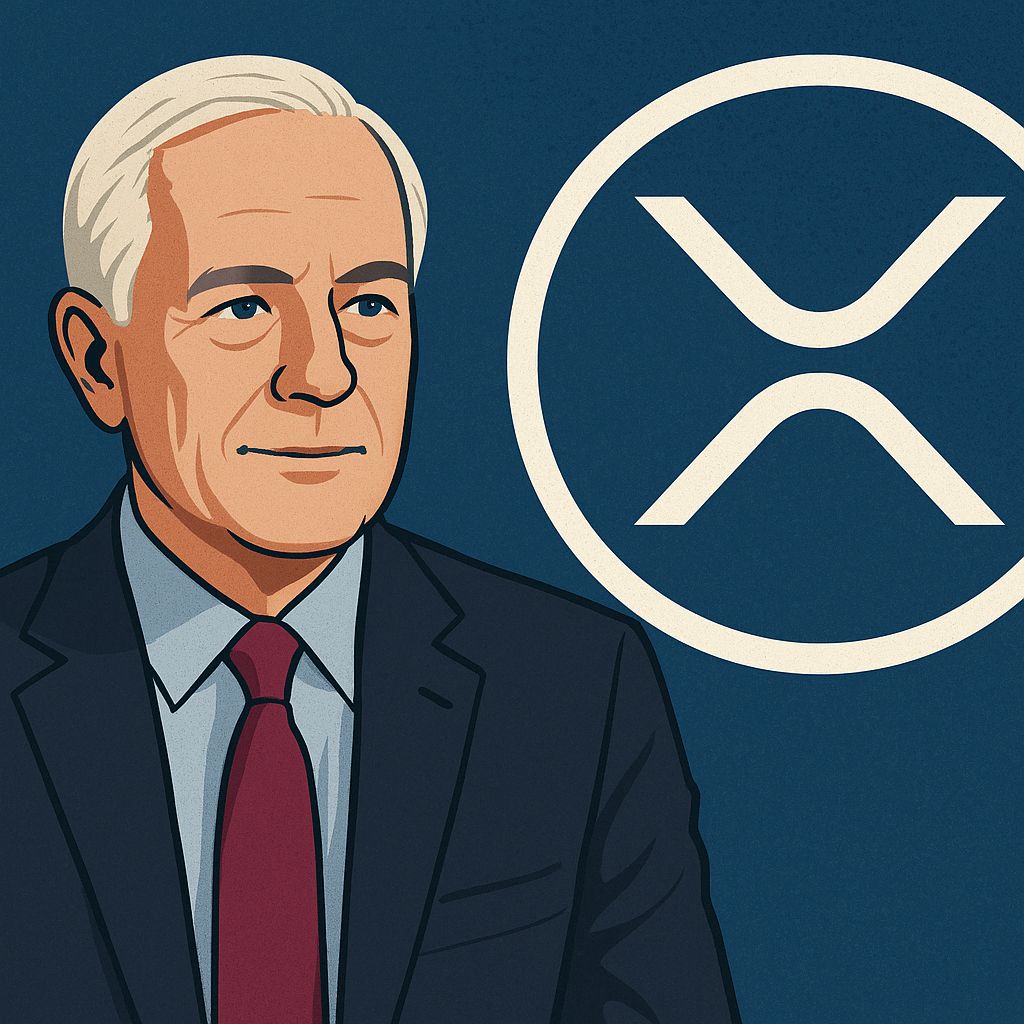New opportunities in the bull market: How L1 and L2 subvert the rules of the blockchain game
In the upcoming bull market, the innovation and transformation of L1 and L2 will bring huge investment opportunities and redefine the future landscape of blockchain.
Original author: @DefiIgnas
Original title: "L2s Are the New Old L1s—And Why ETH's Price Is Stuck."
Original translation: zhouzhou, BlockBeats
Editor's note:This article explores the current situation and challenges in the blockchain field: L1s that fail to adapt to innovation (such as Cosmos) are facing serious difficulties, while emerging L1s (such as Sui, Sei, and Aptos) still need to continue to innovate in order to gain a foothold in the long run despite gaining some attention in the short term. At the same time, the newly emerging L2s are similar to the L1s of the past, lacking differentiation and innovation, and facing survival pressure. Although some diversified trends are beginning to emerge in the market, overall, Ethereum has not won the L1 war. Instead, alternative L1s and L2s are working hard to create a new future of their own.
The following is the original content (the original content has been reorganized for easier reading and understanding):
Did Ethereum win the L1 war?

If you ask me this question now, my answer is obviously no, which is also an important reason why the price of $ETH has stagnated. However, during the bear market, the view of ETH as the "L1 winner" was widely circulated.
We all know that the bull market will eventually come, so many people sold their other L1 assets and turned to increase their positions in two assets that we believe will not disappear: BTC and ETH.
All other L1 assets are thought to disappear for two reasons:
First, other L1s compete for the same yield-hungry investors by offering liquidity mining rewards, and they use basically the same protocols as Aave and Uniswap V2. Apart from Ethereum, there is almost no innovation in the application layer.
Avalanche, BNB Chain, Polygon... are all similar, and their only difference is:
1. Lower fees
2. Faster speed
3. Brand image
4. Number of tokens that can provide liquidity mining rewards
Secondly, a new narrative for Ethereum is gradually taking shape with the rise of L2s such as Optimism and Arbitrum, which promise to bring scalability without compromising security. They have performed quite well during the bear market while other L1s continue to lose total locked value (TVL) and users.
Solana is a huge blow to Ethereum maximalists.
Although SOL was hit hard by the FTX crash, it not only recovered successfully, but also broke the illusion that Ethereum's rollup approach is the only viable scaling solution. As more and more L2s come online, the fragmentation of liquidity and user experience becomes more serious. With each launch of L2, Solana's monolithic structure approach becomes more attractive.
The emergence of the modular vs. monolithic debate ends the narrative of “Ethereum winning the L1 war.” Investors who piled into ETH during the bear market are now continuing to sell ETH to buy SOL and other L1s.
Other L1s are also innovating, with a clearer and richer vision today than they did a few years ago.
Avalanche:Just launched Avax9000, allowing permissionless L1 (not L2) releases based on application needs.

Compared to Ethereum L2, Avalanche’s L1 benefits from unified cross-chain communication. In addition, Avalanche’s value-add to the main chain is more clear. Avalanche’s biggest win is the “Off the Grid” game, which shows that its vision is being realized. This can also revive the narrative of the old GameFi.

Near: is establishing its position as a monolithic and modular blockchain. Near also provides chain abstraction for L2 through a unified user interface (BOS), supports L2 account aggregation, and implements the sharding technology abandoned by Ethereum.

BNB Chain: opBNB L2 was launched to reduce fees, but the more important upgrade is BNB Greenfield, which focuses on data finance (DataFi) to realize the monetization of data and intellectual property, and decentralized artificial intelligence (LLM training under privacy protection).
Fantom:Further strengthening the monolithic design with the Sonic upgrade, aiming to achieve 2,000 transactions per second (TPS) without sharding or L2, with the goal of attracting a new generation of decentralized applications (dApps).
Gnosis:Building the financial dApp I use every day.

L1s that fail to innovate and adapt are struggling, most notably Cosmos. Once a pioneer in modular blockchains, it is now losing users, liquidity, and market attention, with $ATOM trading back to pre-2020/21 bull run levels.
Meanwhile, emerging L1s like Sui, Sei, and Aptos are still relying on the old “new shiny L1” strategy, and while they are gaining some attention in the short term, they must innovate and differentiate themselves if they are to thrive in the long term.
Today’s new L2s are similar to the L1s of the past, with almost no transaction fees and little differentiation outside of branding. They attract some forked protocols for airdrops, but lack real innovation. As the airdrop craze fades and total locked value (TVL) declines, L2s must diversify and attract unique decentralized applications (dApps) to survive, and their token economic models are relatively poor.
Those that fail to adapt to market changes may be eliminated, just as some of the EVM chains that emerged in the DeFi summer of 2020 did.
Despite this, there are some signs of diversification in the market: L2 interoperability alliances (such as OP Super Chain, zkSync Elastic Chain, etc.) are developing, Base is also benefiting from Coinbase, and zkSync is investing millions of dollars to attract unique dApps.
Overall, Ethereum has not won the L1 war, and the value-added of all L2s is still unclear. However, this is a good thing for the entire industry. Even if Ethereum faces challenges, alternative L1s are still working hard to build their own future and provide use cases that Ethereum may not be suitable for.
And now, the time has come for L2 to prove its value.
Disclaimer: The content of this article solely reflects the author's opinion and does not represent the platform in any capacity. This article is not intended to serve as a reference for making investment decisions.
You may also like
Bitpanda’s triple crown: Austria’s MiCAR license secures its crypto throne
Cardano is fully decentralized, Hoskinson will exit
FIL Price Forecast: Explosive Growth Likely After Filecoin (FIL) v1.32.2 Upgrade

Teucrium CEO Endorses XRP as Essential for Future Financial Infrastructure

